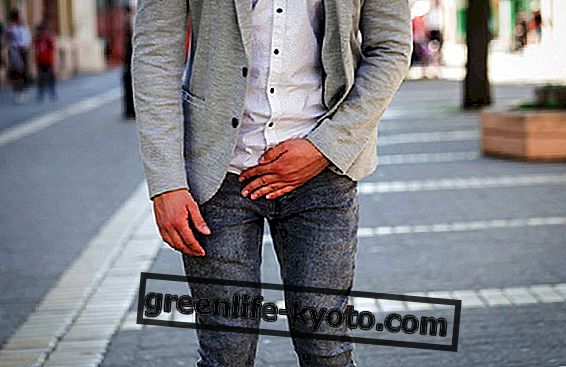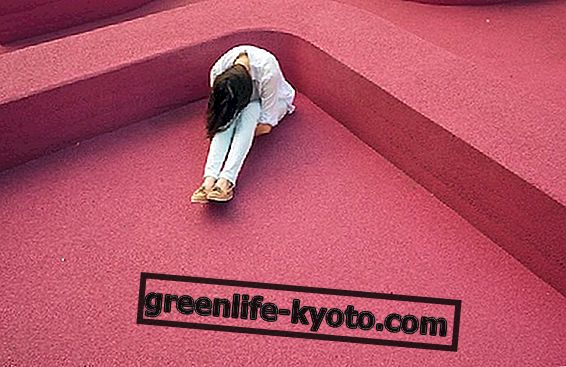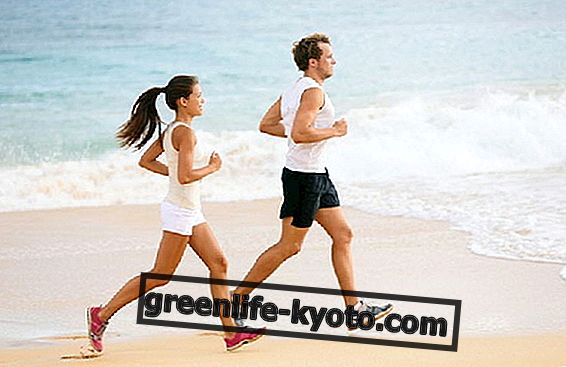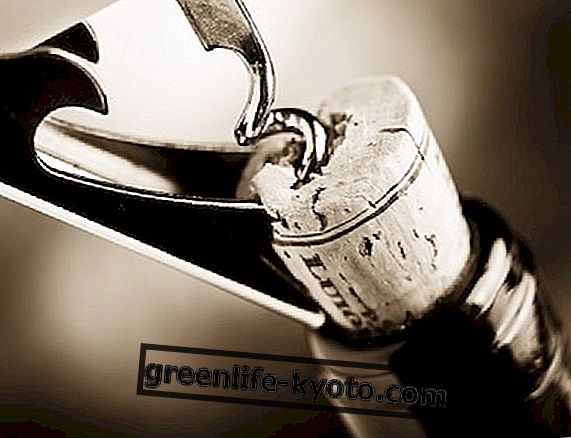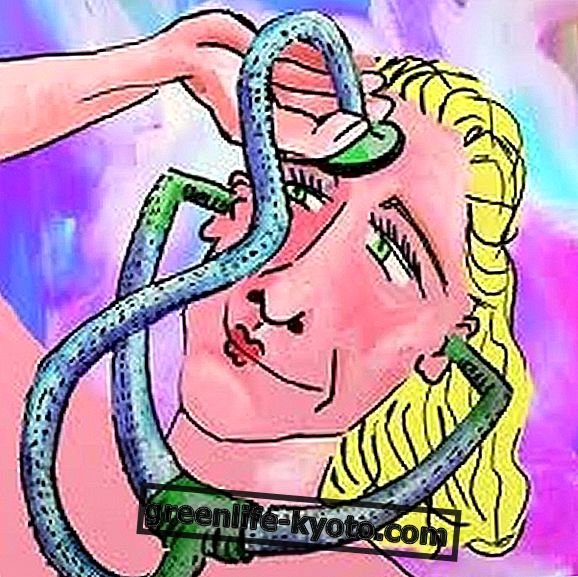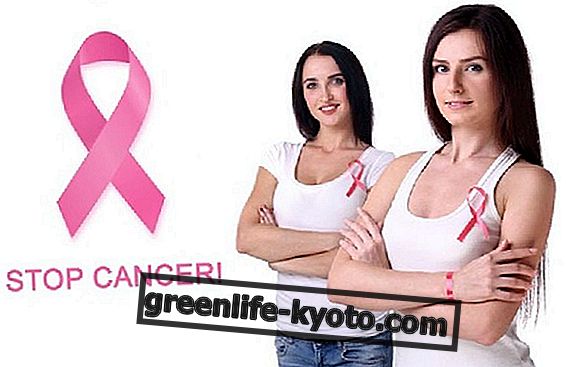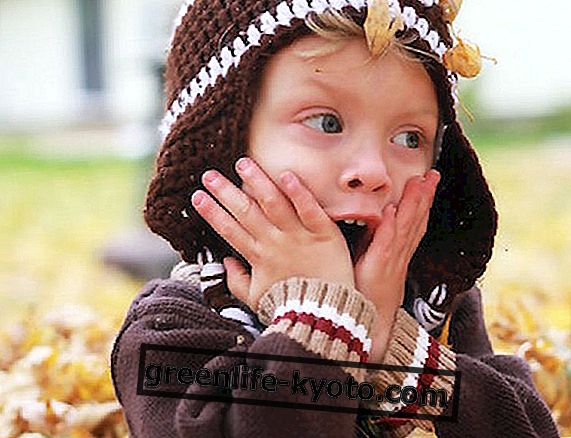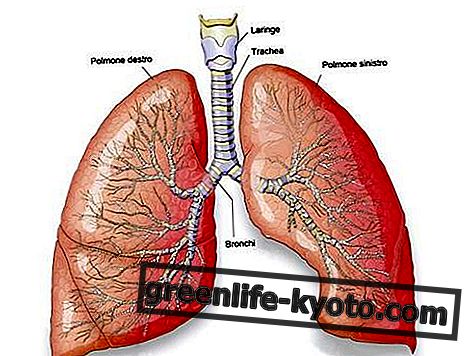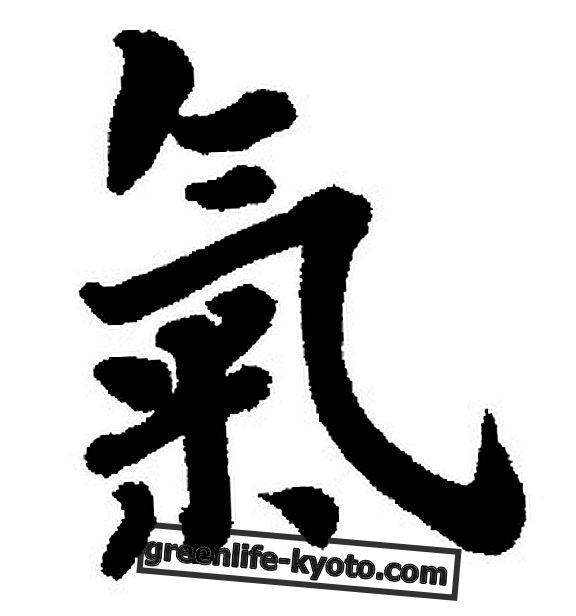
Aloe Vera in gel is a very effective remedy to relieve swelling, edema and inflammation of the tissues of our legs.
The gel is obtained from the innermost part of the leaves of Aloe, the most noble and pure, rich in minerals, lipids, vitamins and polysaccharides that help drain lymphatic stagnation, deflate and tone the ankles, removing the sense of heaviness given from dilated veins and relieving pain after a day on the move.
Aloe Vera, if combined both for topical use and for internal use, exerts at best all its protective, draining, refreshing and tonic drip properties.
Use of Aloe Vera for leg pains
- Aloe Vera in topical use gel: apply the gel on the legs, spreading it from the bottom upwards with a light massage that accompanies the drainage of the stagnations towards the lymphatic drainage points. It is advisable to apply it every night after watering the limbs with fresh water, to enhance the invigorating effect.
- Aloe Vera leaf gel for internal use : to be taken in the morning on an empty stomach and in the afternoon away from the past i. The daily dose is 40 ml .
Discover the other natural products for swollen legs
What does Aloe Vera contain?
It's easy to say Aloe Vera, in reality this precious remedy is very complex . From in-depth analysis it was found that Aloe Vera contains 75 fundamental elements for our well-being :
- Vitamin A : has a protective action on the mucous membranes, fights infections, promotes skeletal growth.
- Vitamins B1 B2, B3, B6 : they intervene in the main metabolisms of carbohydrates, carbohydrates, essential fatty acids, amino acids and nitrogenous substances, they participate in the reductive oxide processes of cellular metabolism.
- Vitamins B9 : Folic acid, essential for the synthesis of DNA and proteins, for the formation of hemoglobin, and important for embryonic tissues.
- Vitamin B12 : essential for the production of red blood cells.
- Vitamin C : fundamental in the formation of collagen, it blocks oxygen free radicals.
- Vitamin E : antioxidant action.
- Minerals : Calcium, Phosphorus, Potassium, Iron, Sodium, Magnesium, Copper, Chromium, Zinc.
- Metabolic and digestive enzymes : Lipase and Protease to aid digestion and Carboxypeptidase to disinfect tissues.
- Bioflavonoids : present in fruits with Vitamin C, strengthen capillaries and guarantee permeability. They reduce blood clotting, useful in antithrombotic therapies and in case of varicose veins and hemorrhoids.
- Polysaccharides : like starch, glycogen, cellulose, they perform multiple functions, including energy, plastic, metabolism regulation. They are mucilage substances that also help intestinal transit.
- Acemannan : has an antigenic action, that is it stimulates the immune system against viruses, bacteria and infectious agents.
- Amino acids : it seems that Aloe contains from 18 to 20, of which 7 are essential amino acids. They are the so-called protein bricks, which help cell renewal, produce energy, build muscles.
